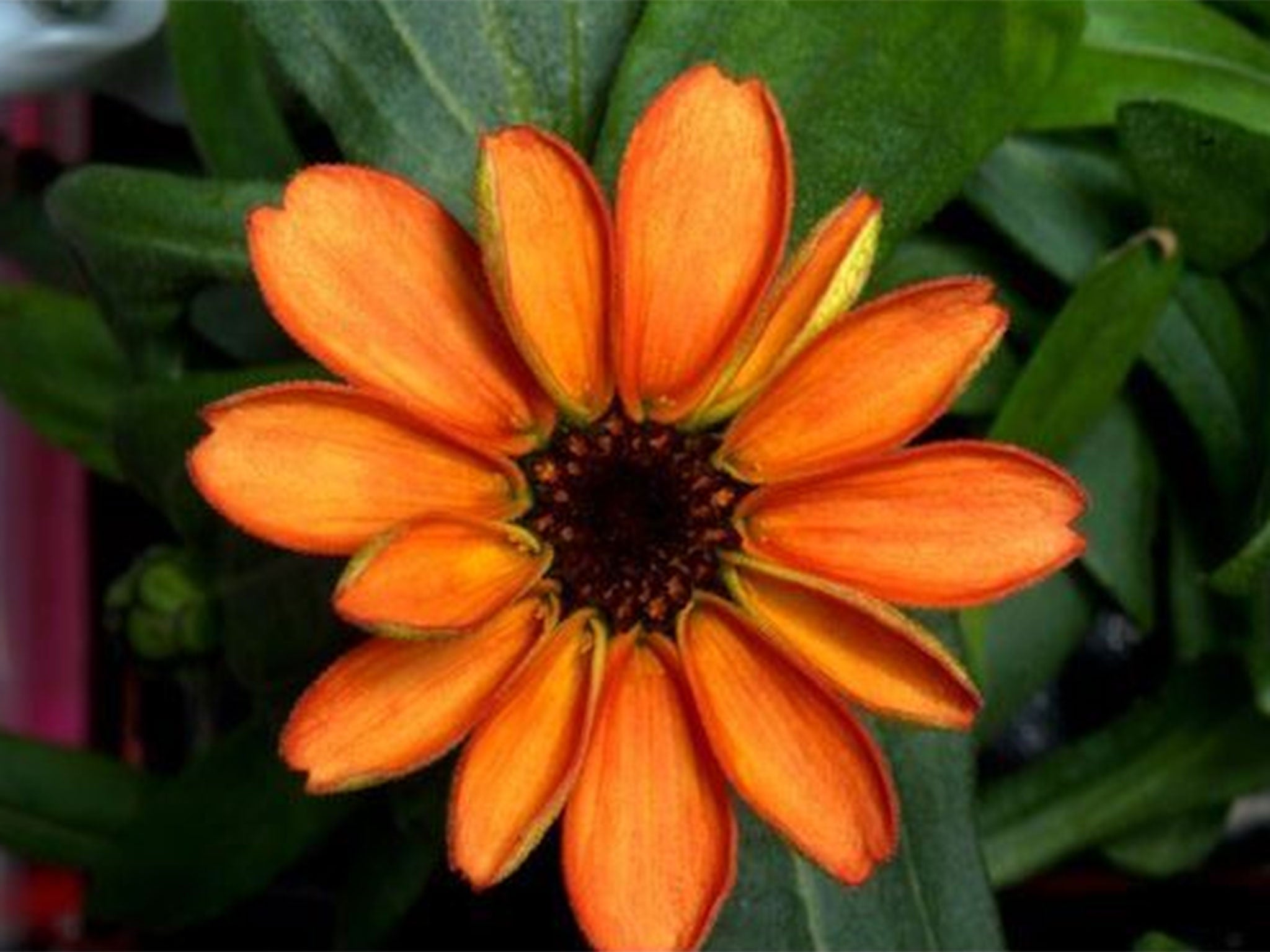The final frontier: to boldly hoe where no man has hoed before
It has taken years to reach this final horticultural frontier


Like millions of others, last Friday I watched Major Tim Peake become the first Briton to walk in space. I have to confess, however, that I watched the live pictures not because I thought they were interesting, but because I felt I should witness history.
Did I feel a patriotic stirring when I saw the Union Jack badge of Peake’s spacesuit outside the International Space Station for the first time? Not really. I tried to feel the gravity (as it were) of the moment, but all I kept thinking, as our British hero fitted a new valve and some cable while dangling 250 miles above Earth, was: “Is this what it would be like to change the wiring of a plug while wearing oven gloves?”
But now there is news that a flower has bloomed in outer space for the first time in the history of the universe, since a billion organisms erupted on our planet after the Big Bang. And I am captivated.
This orange zinnia, the sort of flower any gardener can cultivate from seed in this country, was grown in extreme conditions of microgravity and high humidity by the commander of the ISS, the US astronaut Scott Kelly. But Peake, it is reported, has been helping with the watering and has nurtured it into bloom.
For me, this deserves a miniature Union Jack on the Nasa “plant pillow” where the zinnia has grown. No matter how small a part the British astronaut played in this first flowering, it should be considered as the latest landmark in our country’s rich history of horticulture. The US may be the dominant global economic and space superpower, but Britain is planet earth’s gardening superpower – from leading the plant-hunting expeditions around the world in the 18th and 19th centuries and our centres of botanical excellence at Kew and the Royal Horticultural Society, to our peculiarly British obsession with growing begonias in hanging baskets that look nicer than our neighbour’s.
Many of the plants we regard as everyday garden border-fillers were “discovered” (as unfashionable a term as that may be in this context) in Australia, Africa, Asia and the Americas by British botanical explorers such as Joseph Banks (who was on board James Cook’s great voyage), Joseph Dalton Hooker, David Douglas and Marianne North.
The Germans were not bad at botanising expeditions either – in fact the zinnia is named after the 18th century German botanist Johann Gottfried Zinn – but the UK can still claim bragging rights as the world centre of gardening: every garden designer in the world would want to compete for a gold medal at the Chelsea Flower Show.
I realise it takes rocket science, literally, to get astronauts into space. That is mechanics, engineering, fluid dynamics, mathematics; it’s difficult, but it’s stuff you can’t argue with. Yet, as any gardener will tell you, you can give a plant all the right conditions and still it can refuse to flower or produce a fruit. Gardening in space, therefore, is a whole new shouting match (and sometimes you have to shout at your plants when they don’t behave).
It has taken years to reach this final horticultural frontier. The first technically flowering plant, a sunflower, was grown on the ISS in 2012 but it did not bloom fully, producing shrivelled, deformed petals. It has been 20 years since a US astronaut first grew wheat stalks on the Russian Mir space station, while the first vegetables, romaine lettuces, were not grown until 2014. Most of the zinnias grown in the ISS “garden” have died, succumbing to mould as a result of the high humidity.
In that case, the thrill of Commander Kelly and Major Peake in seeing this zinnia flower for the first time last weekend must have been akin to that of North, one of the few well-known female explorers, discovering the gigantic Nepenthes pitcher plant in the Borneo jungle or Douglas coming across the stately fir in Canada that now bears his name.
The achievement on the ISS is about more than an attractive-looking bloom: it is a further step towards being able to grow vegetables for astronauts to eat on long missions to Mars, because producing a flower means that flowering crops like tomatoes can potentially be grown.
When Peake ventured outside the ISS at the start of his historic spacewalk last week, a Nasa controller back on earth said it was “really cool to see the Union flag go out – it’s explored all over the world, now it’s explored space”.
Even in such an unorthodox setting, this mission should be counted among all the great plant-hunting expeditions.

Join our commenting forum
Join thought-provoking conversations, follow other Independent readers and see their replies